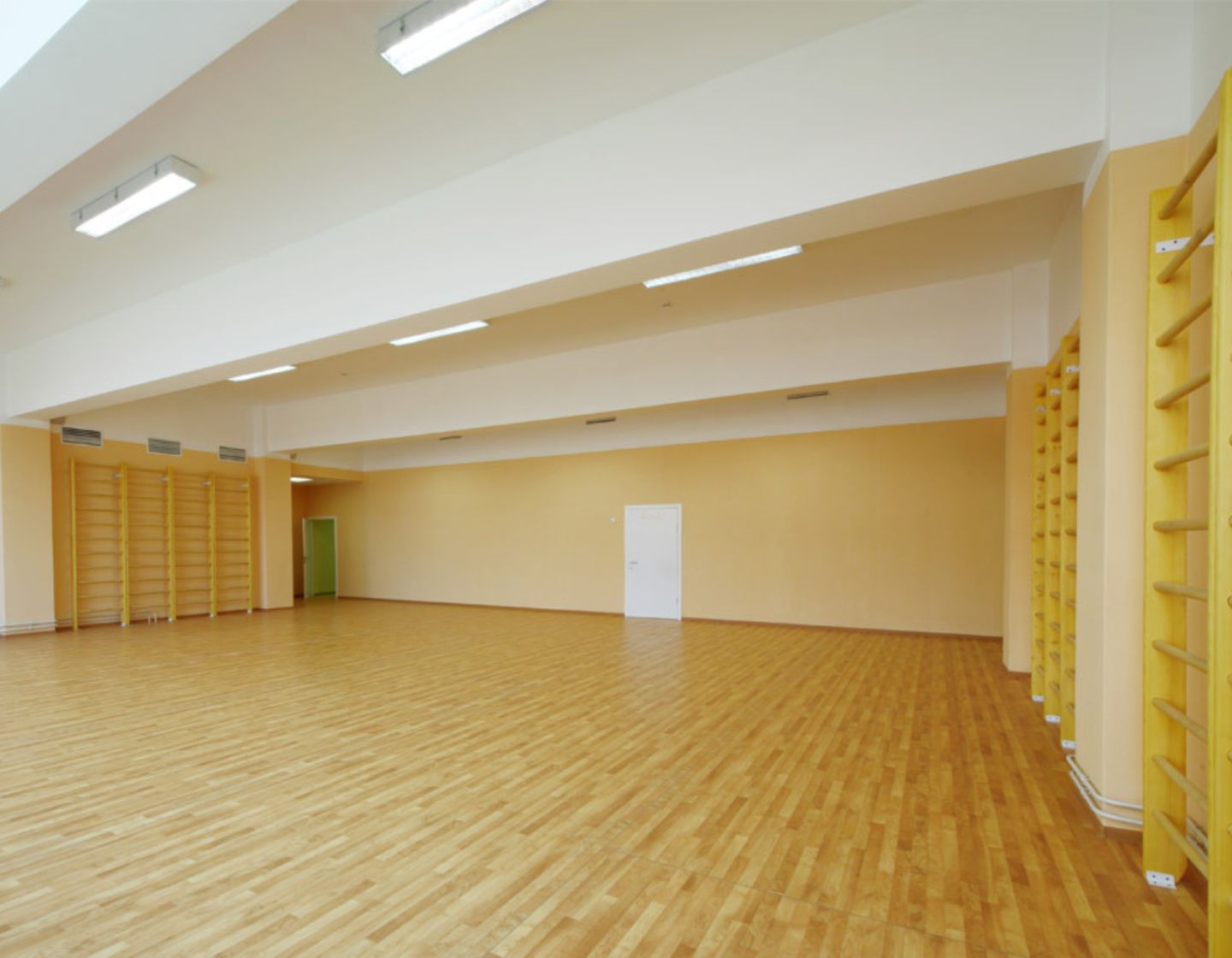10 Ways to Immediately Cut Electricity Bills in Your School
Electricity costs are continuing to rise and take big chunks out of school budgets. This is why it’s so essential to find effective ways to reduce these bills and free up precious resources, leaving you more to spend on the things that matter.
Here are some quick, easy wins for your school’s energy-saving agenda.
1. Set up an energy team
For any bill-cutting initiative to be effective, you will need a committed energy team to take a long-term view, devising a plan based on an energy efficiency audit of the facilities. The team – teachers, caretakers and pupils – will become the flag-bearers for the energy-saving policies in the school.
They will focus on the key areas of energy use: lighting, heating, computing and catering. If you have them, school swimming pools would also be a focus. The team will pull together data on which equipment has the biggest energy consumption, as well as factors like weather patterns, pupil numbers, and active classrooms.
2. Check the temperature
Make sure all heating and cooling controls are set to the most efficient temperatures. The recommended temperature for classrooms is 18°C. Smart Heating Solutions can help you tackle wasted energy in this area, too.
3. Turn off vending machines
It’s important to switch off vending machines dispensing non-perishable items when the school day ends – it’s good to use a seven-day time switch for this. It costs around £120 per year to keep these constantly running, but by switching them off out of hours you could save up to £85 every year.
4. Switch off computers
Remember that PCs and monitors use a lot of energy when switched on but not in use. All computers in the school should be set to activate “hibernate mode” after 10 minutes of non-use.
Encourage staff and pupils to manually turn off the monitors when they are not being used. Monitors are responsible for almost two-thirds of a computer’s total energy consumption, so if they are on 24 hours a day each school PC will cost £25 a year to run.
Make sure that monitors are at least switched off between classes and when the school day ends, particularly before the weekend, to avoid wasted energy.

5. Use natural light
Natural light should be used instead of classroom lights wherever feasible. Studies have also shown that pupils are more productive when working in natural daylight, which is an added bonus. The amount of available natural light is determined by the weather and the way the blinds are set.
Encourage teachers to fully open their blinds before classes start and check on the amount of available light at the beginning of each lesson. This way, they can make adjustments and choose the best lighting for their pupils. Also, make sure that windows and skylights are cleaned regularly to allow for maximum natural light.
6. Turn off lights
Your school should have a policy of reminding staff and pupils to play their part by turning off lights when they leave a room. This could cut lighting costs by up to 15%.
7. Use energy-saving lights
LED lights use up to 85% less energy than traditional bulbs. They improve the quality of light and last far longer than older types. In fact, the EU has now banned incandescent and nearly all halogen models, making the choice to move to LED easier than ever.
LED replacements for fluorescent, halogen, and incandescent lamps can run with no maintenance for more than a decade, while the costs of purchasing them are repaid through the energy savings.

8. Use time switches
Time switches and lighting controls can be deployed to reduce the costs of external lighting. They can also be used to control water boilers and the vending machines mentioned above.
9. Switch off appliances during holidays
It’s important to ensure that electrical devices and appliances are turned off throughout the holiday times. You should also be aware that many devices in standby mode continue to consume electricity.
The school’s energy team would create a full checklist of electrical equipment – photocopiers, lights, printers, PCs, projectors, vending machines, water heaters, TVs and so on – with each device checked before the start of the holidays to make sure they are turned off.
You can also help to cut costs by switching your energy source. Solar panelling is an eco-friendly and efficient alternative that can work alongside your current supply of electricity.
10. Check your tariff
Check that your school is on a tariff package that is best suited to your energy usage. You can make significant savings by switching either to a different package offered by your supplier or by choosing a new utility company.
To learn more about how we can help your school save money, get in touch with one of our Carbon Mentors.


